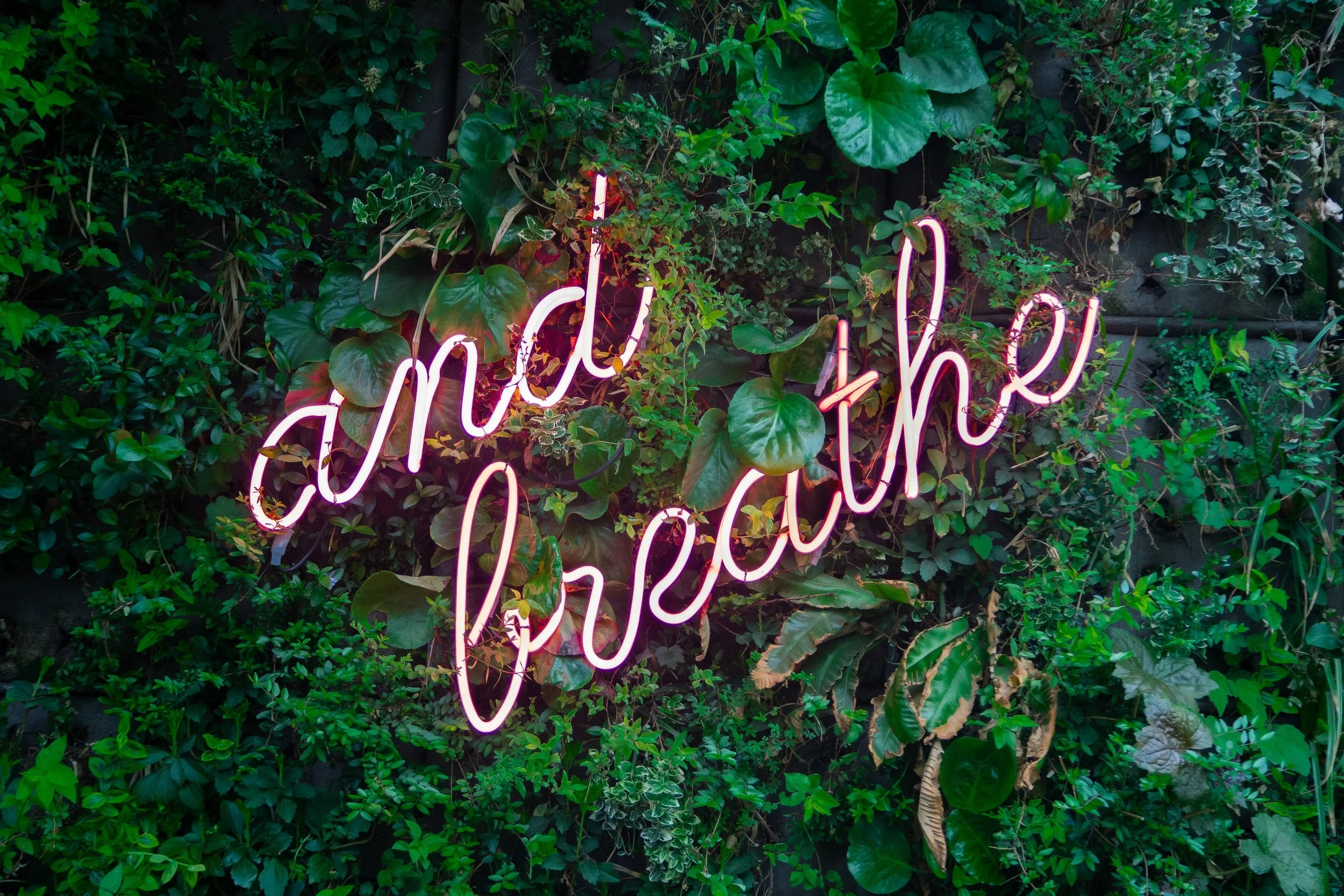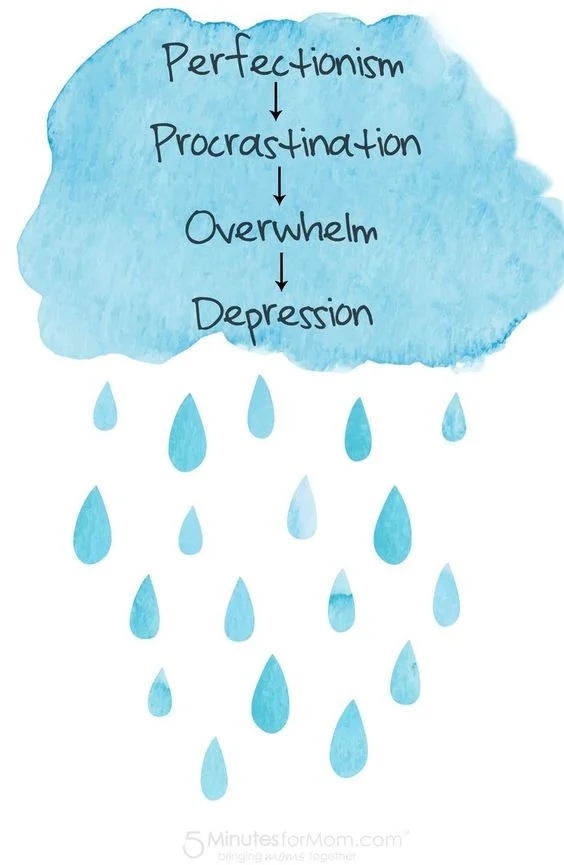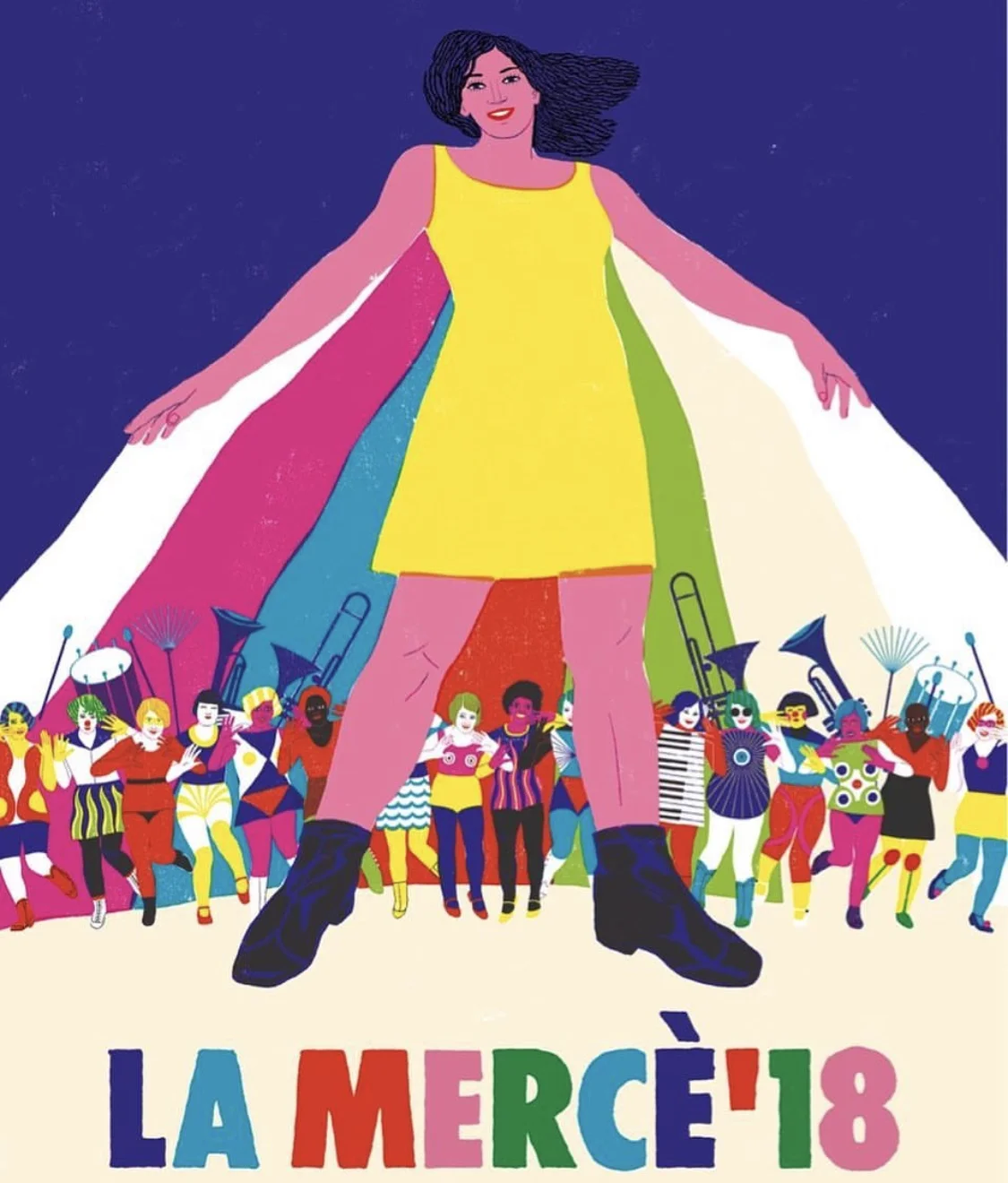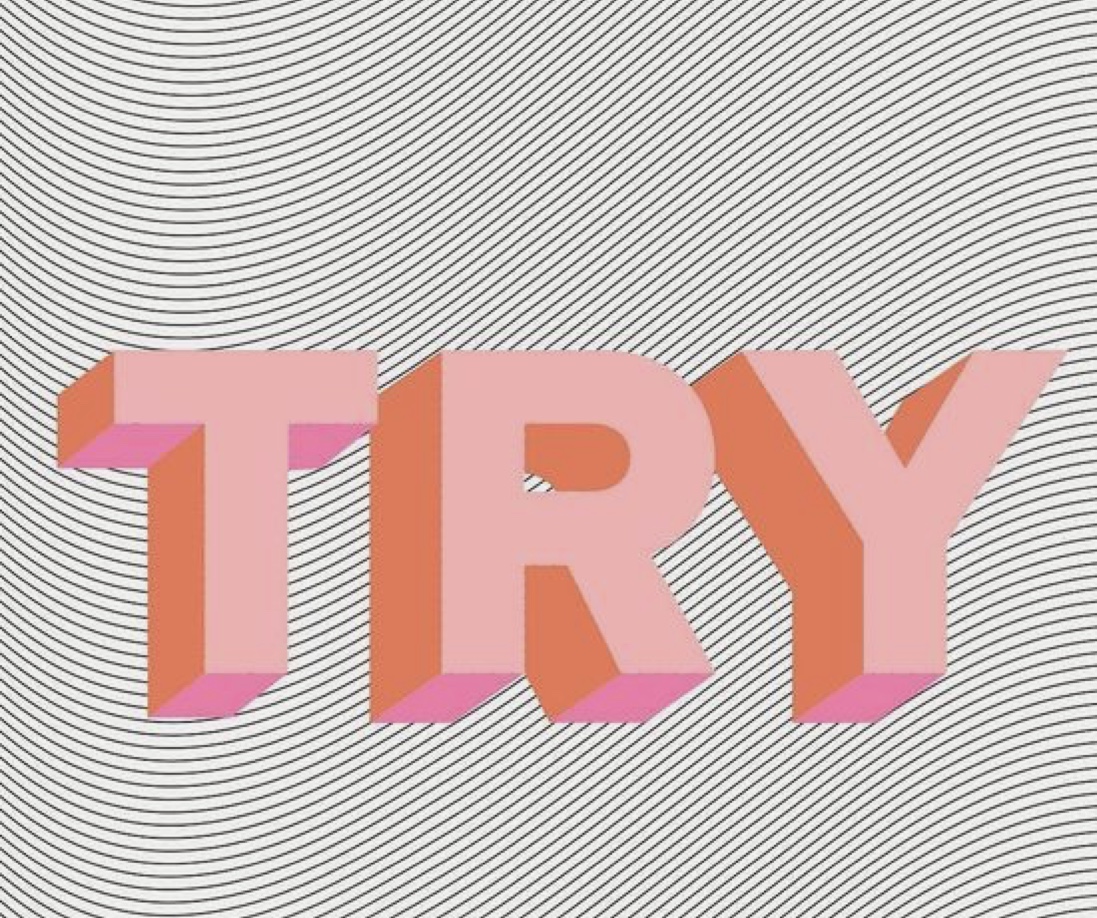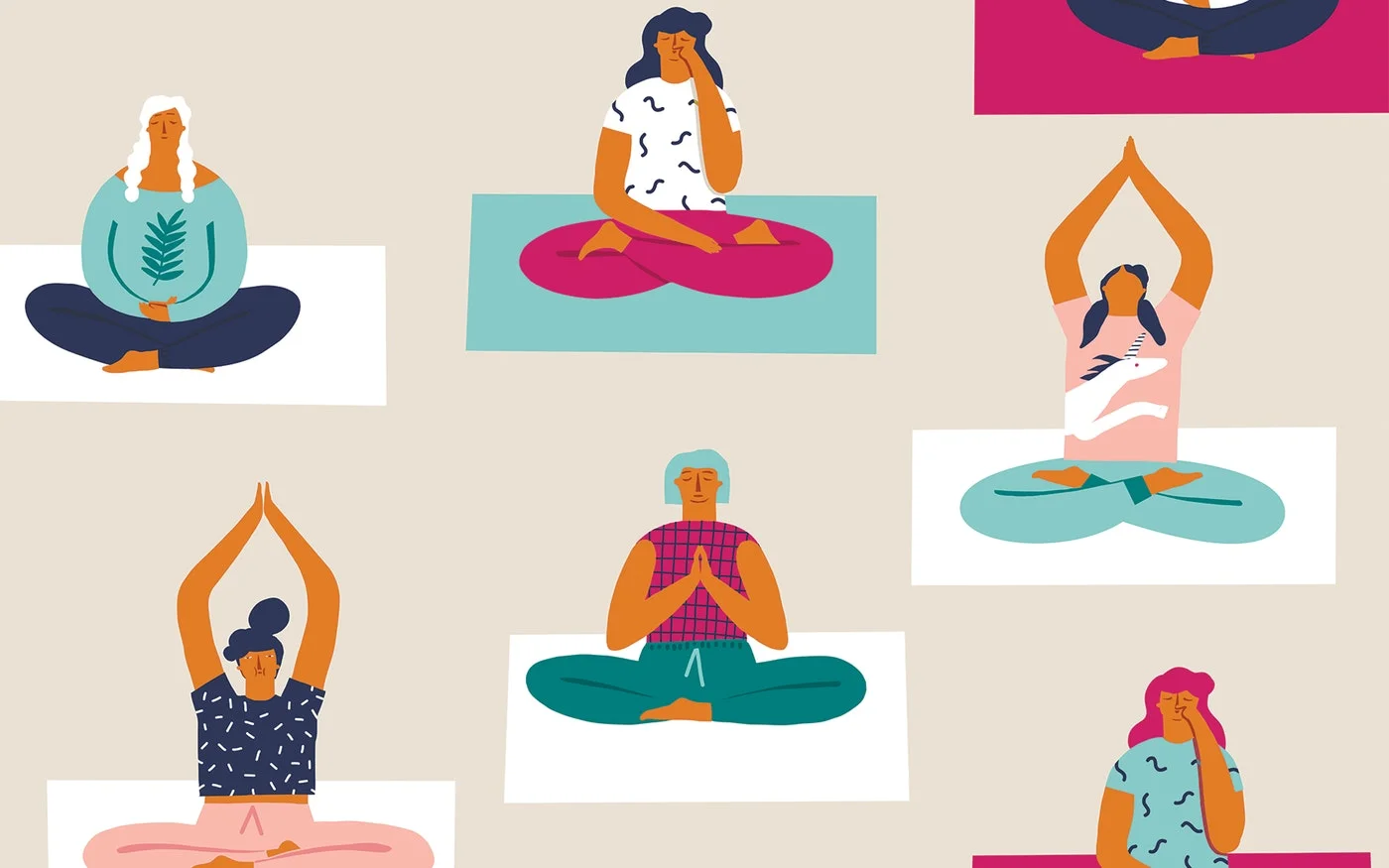Veronique Theberge walks us through what Mindfulness is and what it can look like in recovery. The theme for August 2022 is mindfulness at Heal the Brain and we are attempting a 30 day challenge of 5 minute meditations. Either join along or drop into your own 30 day challenge!
Read MoreRecovery tips for brain injury survivors from a brain injury survivor herself. Learn more about conserving and protecting your energy after brain injury.
Read MoreTaking care of yourself is the best way to develop self love. The challenge is find the ways that taking care of yourself make you feel loved. Here is a list curated by our team of the items and types of items that help them with their self care and self love.
Read MoreWorking hard, becoming very focused on your goals, and attacking challenges in your life is NOT perfectionism. I think these things tend to get conflated, but true perfectionism results in procrastination and paralysis. The perfectionist discards the process mindset in exchange for a results mindset that DOES NOT fit with the disability experience. It doesn’t mean that you don’t try hard. It means that you try hard as hell without immediate results.
Read MoreWe all have areas we need to change, but if I had a choice I don’t want to change I want to transform. Change implies something that happens like turning on a switch and making a room light up or fill with darkness. Change isn’t always good. Transformation; however, is life altering, deliberate, and almost always better than what you thought was good enough.
Read MoreAs a therapist, I dread the weeks leading up to someone’s anniversary. Especially, if their expectations of their “recovery” are not the same as their reality. This is a very painful place to be in and a hard place to hold space for. Directly after a big trauma you get a lot of healing quickly. You relearn to sit up, walk, eat on your own, and communicate, albeit slowly. As fundamental as these activities are they are still HUGE milestones. The first few months are filled with relief on all sides. Everyone on your team, from your family, to your doctors, to yourself are thrilled that you are alive. It permeates every single gesture and movement and celebration is not only easy, but difficult to refrain from. This gratitude and energy is one part of my job I cherish most. To see someone lift their head and look at me with clear understanding for the first time does something to your heart and soul. It really is a miraculous re-birth.
Read MoreOne of the hardest parts of this journey is learned non use of your affected limb. Many therapists do not address this phenomenon and focus on allowing the other hand or foot to take over dominance, but 90% of the time I think that this is at the very least an unhelpful approach. I always try to engage the more affected limb, because we know from hard evidence that motor control can be regained and learned non use can be overcome. Constraint induced movement therapy was born out of research on learned non use.
Read MoreYou don’t need to face the end of your life to begin dreaming. Most of you have already experienced what the end may look like. You have fought your way back from almost dying and you deserve to live and to live well. Life cannot be constant goal setting and schlepping from one therapy to the next. You need to have some form of play, rest, and relaxation to keep going and to remember what life is all about.
Read MoreWhat Stroke Survivors can teach the Health and Wellness community. Hint: Its more than just how to avoid being a stroke survivor.
Read MoreHow to conserve your energy through the three Ps: Prioritize, Pace, and Plan. I have added my own little spin to this paradigm.
Read MoreWhen we are present, we cannot be mean to ourselves or think of where our recovery should be. If we are present, we cannot relive or obsess over where we are going. We can only move forward and focus on that one movement, one finger, or one toe.
Read More
